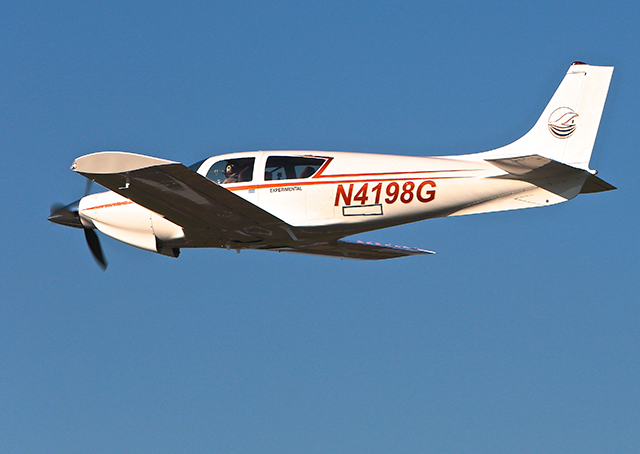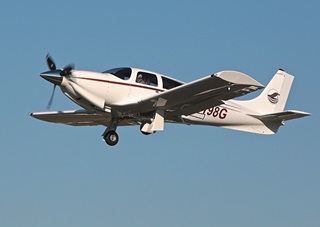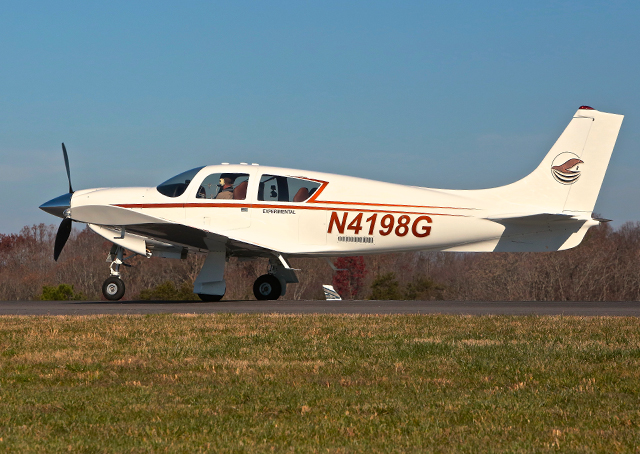
After 16 months and an undisclosed amount of money from a Chinese businessman, the Eagle has landed, preceded of course by a takeoff. The aircraft flew for the first time in 31 years on Dec. 6. The Windecker Eagle will be shipped to China as a demonstrator and returned to production in that country.
Publications including AOPA Pilot put a Windecker on their covers in 1970. The company worked with the FAA on the design starting in 1960, giving that federal agency nearly a decade of experience with the certification of composite aircraft. It was designed by dentists Leo Windecker and his wife, Fairfax, who happened to set up practice in a Dow Chemical company town where glass fiber mixed with epoxy had been developed. Many of the workers told Windecker about it. Windecker, already a pilot, left the dental profession to research the construction of an aircraft.
The Eagle was not only the first composite airplane ever certified, it was the first aircraft certified under the then-new Part 23 FAA regulations. The company chose intentionally to certify it to the new standards. The Department of Defense responded positively to an offer to test the aircraft’s stealthiness, but the aircraft was later lost in an accident. That strake you see under the tail was added after the accident to slow down rotation in the event a pilot held the aircraft in a spin. With that and other modifications the aircraft was able to come out of a spin if the pilot released the controls but did nothing.
The aircraft was replaced with a new one especially designed to reflect nothing but its engine and beefy landing gear. Then it went black and apparently is still classified although no longer operating. Thus it contributed directly to present-day stealth technology.
 First flight came on Dec. 6 with test pilot Len Fox at the controls. Restoration was done in Mooresville, North Carolina. Fox will be joined by Hubie Tolson to put 25 hours on the aircraft before it can be shipped to China where new owner Wei Hang awaits its arrival. The original engine was replaced with a 310-horsepower Continental IO-550 like that used on the Beechcraft Bonanza A36. That required a redesign of the engine cowling by John Roncz, who was hired to make subtle changes to speed up the already-fast aircraft.
First flight came on Dec. 6 with test pilot Len Fox at the controls. Restoration was done in Mooresville, North Carolina. Fox will be joined by Hubie Tolson to put 25 hours on the aircraft before it can be shipped to China where new owner Wei Hang awaits its arrival. The original engine was replaced with a 310-horsepower Continental IO-550 like that used on the Beechcraft Bonanza A36. That required a redesign of the engine cowling by John Roncz, who was hired to make subtle changes to speed up the already-fast aircraft.
The aircraft was serial No. 7 out of nine built. Although Windecker was hard at work on drone technology, Texas oilmen who backed the company pulled out when oil drilling became profitable again and the company closed in 1970 with nearly 300 people on the payroll. Workers had been given a turkey for Thanksgiving but joked that they got “the goose” for Christmas that year, according to former employee Mike Huffman.



